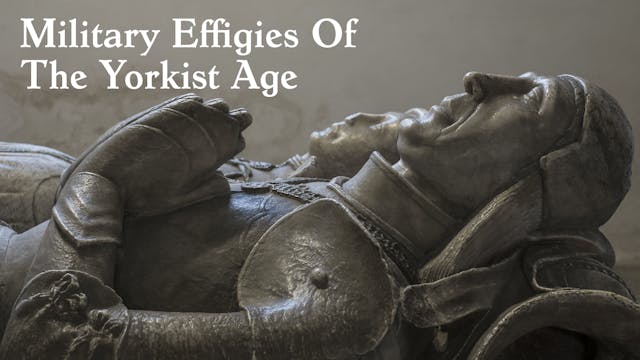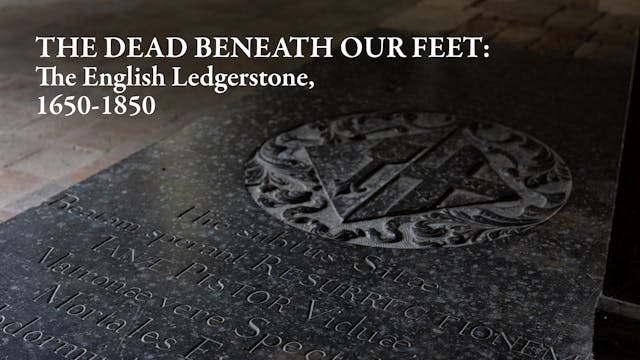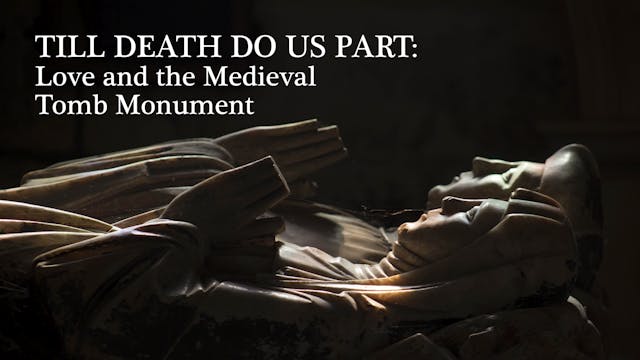A Caribbean Island Cathedral Graveyard; Memorials, their Meanings & Significance
Our Free Lectures
•
1h 11m
This talk will explore the memorials at the St George’s Anglican Cathedral in Kingstown, St Vincent. The current cathedral celebrated its 200-year anniversary in 2020 but there has been a place of worship and site of burial on the site for far longer, and as such, the extant memorial in the cemetery represents just a fraction of those interred there. Memorials at St George’s speak of different eras; the colonial times where the colonisers used gravestones and memorial plaques to demonstrate settledness and to marginalise the other – rarely were enslaved people given a decent Christian burial in consecrated land; post-colonial times and independence where memorials in the churchyard have a local feel, and the current era where the influence of American death culture grows ever stronger. Through the symbolism of, and wording on, memorials we can learn a lot about the place and its history, so join us to find out about the past, present and potential future of the memorials at St. George’s on the Caribbean island of St. Vincent.
Dr Christina Welch is a Senior Fellow at the University of Winchester where she lectures in religious Studies and leads the Master’s Degree programme in Death, Religion and Culture.
Dr Christina is a leading authority on late medieval carved cadavers, she recently developed a dedicated website exploring those found in England, Wales and Scotland dating from c. 1425 to 1558, as well as carved cadavers found in Ireland.
Her research interests lie in the field of visual and material culture and their intersection with religion, with a specialism in the role that these forms of representation play in the construction of spiritual identities.
She is currently also engaged in interdisciplinary collaborative research into (Jewish) cemeteries in the Caribbean as well as locally in Winchester.
Up Next in Our Free Lectures
-
Military Effigies Of The Yorkist Age
This talk will explore knightly effigies carved between 1461-1485, together with an historical background for the use of alabaster, which the large majority are made from. The mid-late fifteenth century is the zenith for the use of plate armour and this talk will explore this fascinating period f...
-
The Dead Beneath Our Feet: The Englis...
Ledgerstones, being the marble slabs set into the floor of many medieval churches, seal the graves of members of the middling sort of the Stuart and Hanoverian period who, as a result of their social status, were afforded burial within their parish church. They contain important family informatio...
-
Till Death Us Do Part: Love and the M...
Medieval tombs often depict husband and wife lying side-by-side and hand-in-hand, their love immortalised in elegantly carved stone: what Philip Larkin's poem An Arundel Tomb later described as their "stone fidelity". But there is more to these declarations of post-mortem love than meets the eye....



